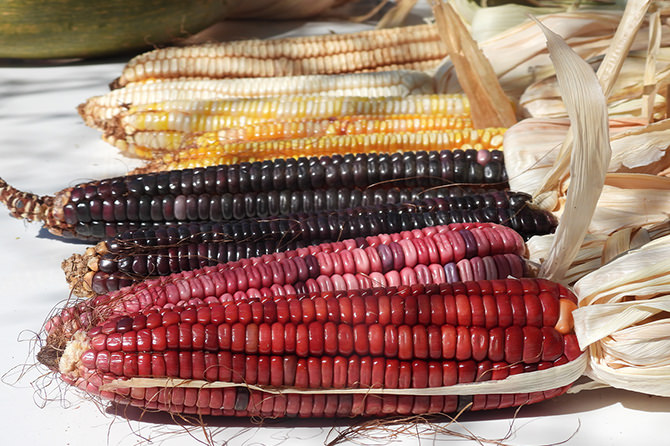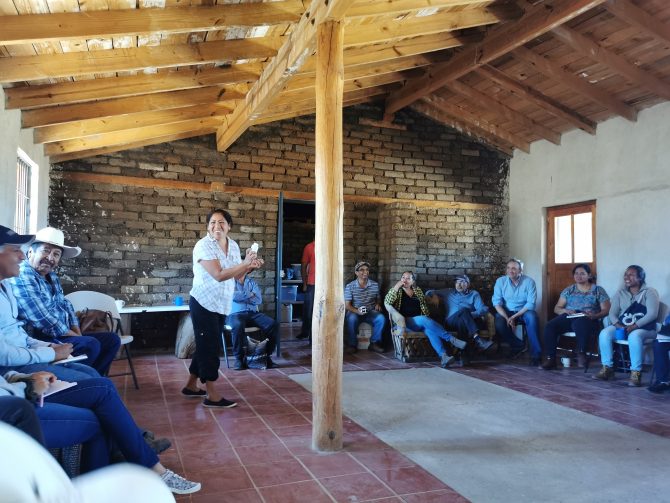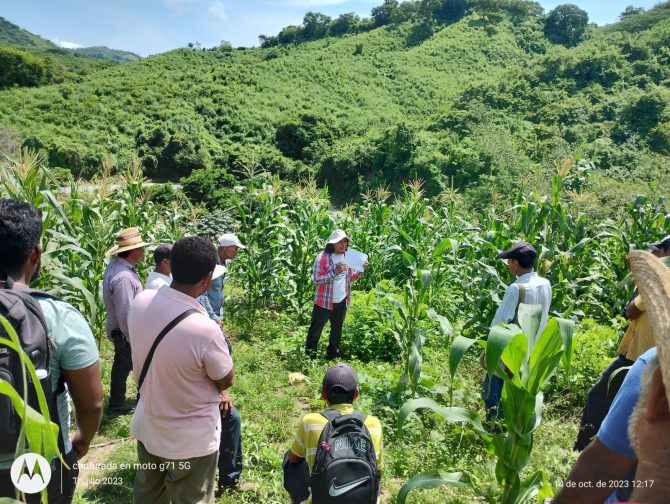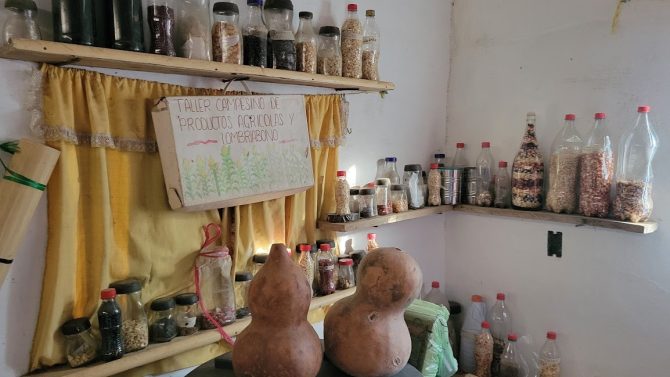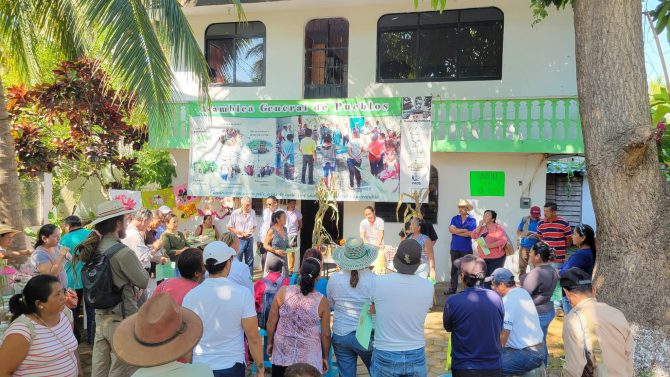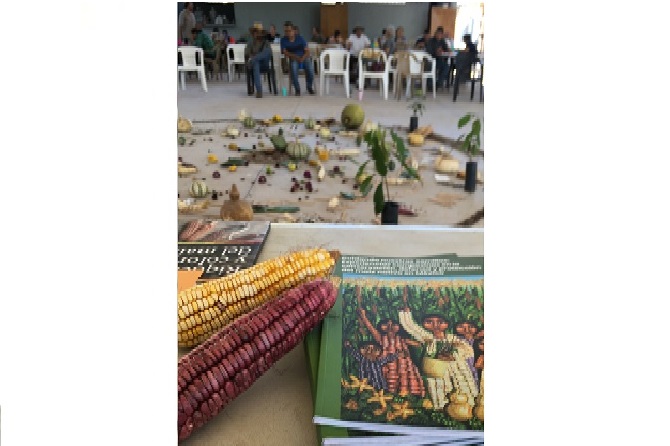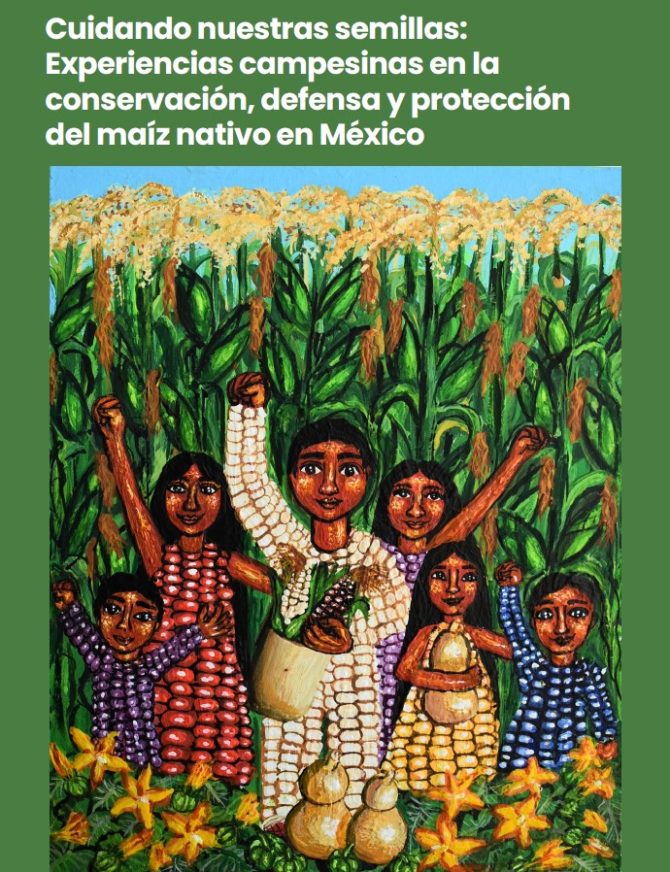2022 MEXICO
Fomenting the SEPL milpa (three sisters) through in situ landrace maize seed protection
Fundación Semillas de Vida, A.C.(FSVAC)
Community / field-based implementation
Landscape
Overview
In Mexico, maize is a staple food crop that dominates all cultivated landscapes. This sacred grain is the axis of the SEPLS pluricultural milpa (meaning three sisters) which can include up to 60 different species in the same plot. Together with maize, bean, chili, and squash constitute the foundation of the milpa.
This project had the following objectives:
1. Protect native maize seeds in peasant hands
2. Re-evaluate and foment a continuous maize seed diversification process
3. Ensure the long-term sustainability of maize seed reproduction
4. Document and spread the knowledge gathered about in situ seed conservation
To achieve these objectives, the following activities were implemented in close collaboration with two locally based organizations:
- Established two communitarian local seed funds (one was not finished due to hurricane Otis, which hit Guerrero in November 2023)
- Organized and carried out three seed exchange fairs
- Organized a series of training workshops about seed conservation, participative seed breeding and organic inputs
- Implemented field work and created a seed conservation manual which was distributed to local people
Key achievements
- 100 kilograms and 20 varieties of maize seeds were conserved for the following production cycle.
- Awareness of challenges (privatization, GMOs, climate change, etc.) and the importance and different local application methods of seed conservation in the community were increased through the seed exchange fairs.
- The links among academia, peasant, and indigenous organizations were reinforced through workshops on seed conservation, participative seed breeding, and organic inputs. It deepened scientific knowledge of the participatory breeding of native maize.
- Traditional knowledge of the seed conservation process was enhanced among the communities through the production and distribution of the seed conservation manual.
Lessons
The project must be well rooted in the community so that it meets the needs of this particular socio-ecological landscape. Conditions are heterogenous when there is vast biocultural diversity. Therefore, goals and methods should be developed and adjusted within the local context.
Project location
Organisation
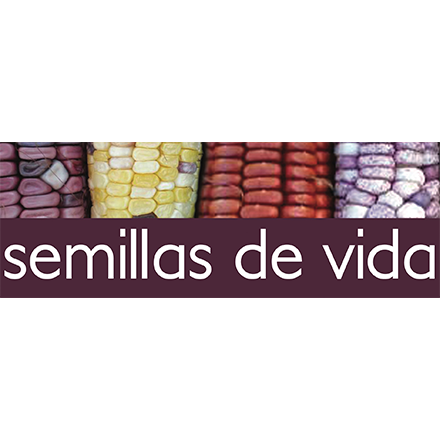
Fundación Semillas de Vida, A.C.(FSVAC)
- Sector
- Non-governmental / civil society
- Country
- Mexico
- Website/SNS
- http://www.semillasdevida.org.mx/
Related products
Seed conservation manual: Cuidando nuestras semillas:Experiencias campesinas en laconservación, defensa y proteccióndel maíz nativo en México
- Publisher
- Fundación Semillas de Vida, A.C.(FSVAC)
Seed conservation manual from the project: Fomenting the SEPL milpa (three sisters) through in situ landrace maize seed protection.
Relevant projects
Projects of the same year
Kunming-Montreal Global Biodiversity Framework Targets
Kunming-Montreal Global Biodiversity Framework Targets
-
Plan and Manage all Areas To Reduce Biodiversity Loss
-
Restore 30% of all Degraded Ecosystems
-
Reduce Pollution to Levels That Are Not Harmful to Biodiversity
-
Increase the Sharing of Benefits From Genetic Resources, Digital Sequence Information and Traditional Knowledge
-
Businesses Assess, Disclose and Reduce Biodiversity-Related Risks and Negative Impacts
-
Reduce Harmful Incentives by at Least $500 Billion per Year, and Scale Up Positive Incentives for Biodiversity
-
Mobilize $200 Billion per Year for Biodiversity From all Sources, Including $30 Billion Through International Finance
Sustainable Development Goals
Sustainable Development Goals
-
Zero hunger
-
Clean water and sanitation
-
Decent work and economic growth
-
Responsible consumption, production
-
Life below water
